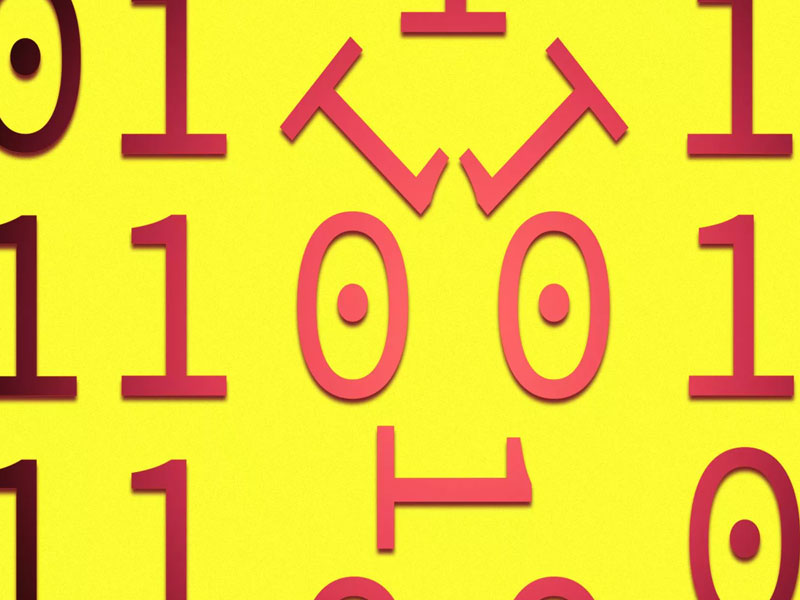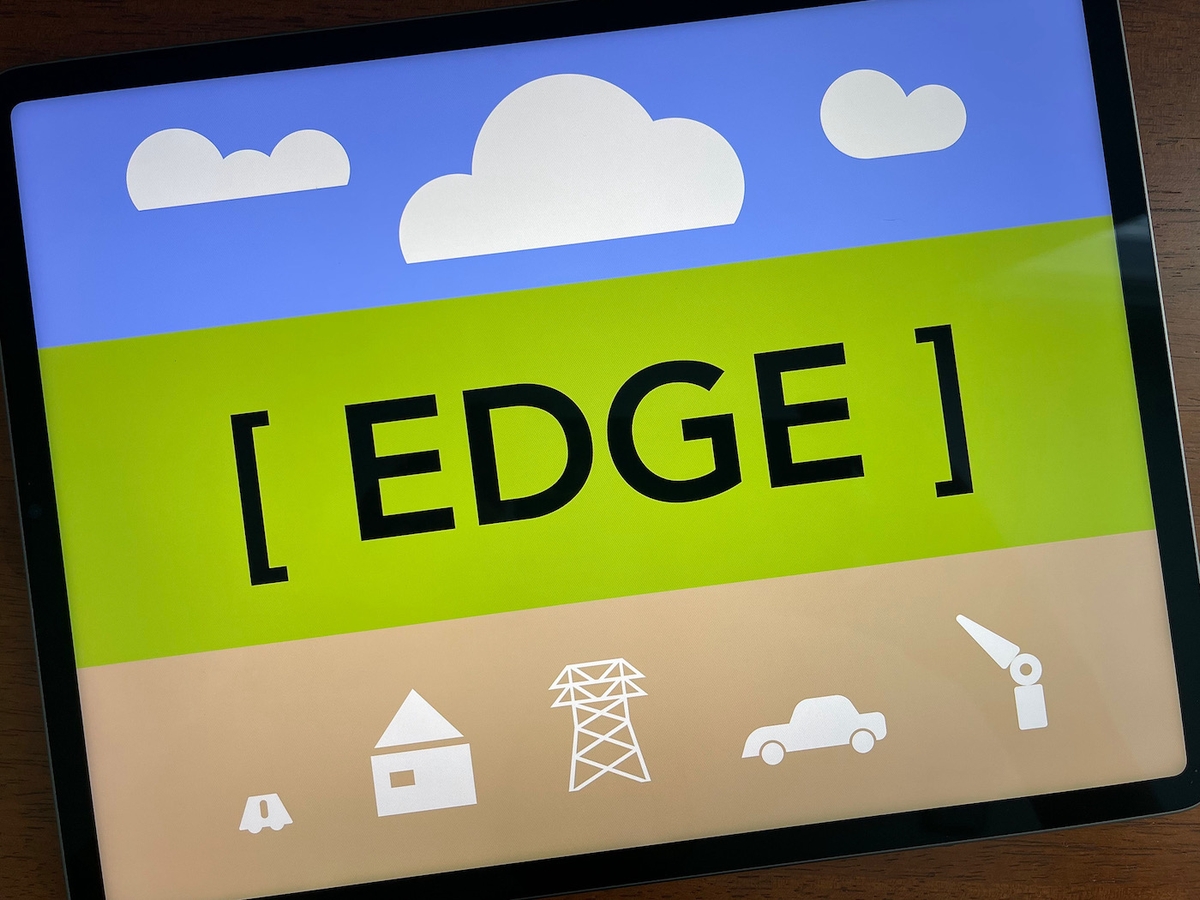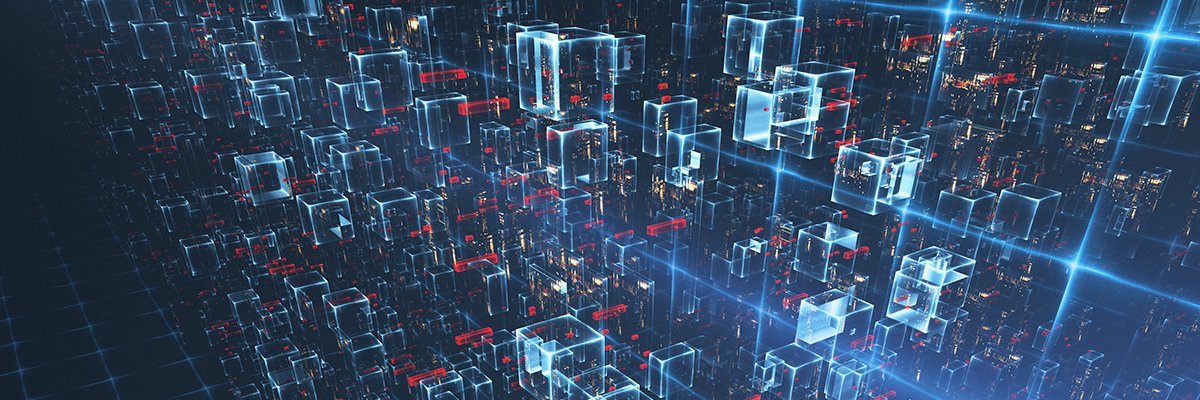AI language models could help diagnose schizophrenia
SOURCE: HTTPS://WWW.SCIENCEDAILY.COM/
OCT 09, 2023
When AI breaks bad
SOURCE: AXIOS.COM
SEP 18, 2021

Illustration: Annelise Capossela/Axios
A new report about artificial intelligence and its effects warns AI has reached a turning point and its negative effects can no longer be ignored.
The big picture: For all the sci-fi worries about ultra-intelligent machines or wide-scale job loss from automation — both of which would require artificial intelligence that is far more capable than what has been developed so far — the larger concern may be about what happens if AI doesn't work as intended.
Background: The AI100 project — which was launched by Eric Horvitz, who served as Microsoft's first chief scientific officer, and is hosted by the Stanford Institute on Human-Centered AI (HAI) — is meant to provide a longitudinal study of a technology that seems to be advancing by the day.
What's happening: The panel found AI has exhibited remarkable progress over the past five years, especially in the area of natural language processing (NLP) — the ability of AI to analyze and generate human language.
The catch: That means AI has reached a point where its downsides in the real world are becoming increasingly difficult to miss — and increasingly difficult to stop.
Between the lines: The most immediate concern about AI then is what will happen if it is cemented in daily life before its kinks are fully worked out.
Context: Australia's move is an attempt to use AI to solve tricky social problems like the pandemic — what the panel calls "techno-solutionism" — rather than treating AI as it should be: one tool among many.
LATEST NEWS
WHAT'S TRENDING


Data Science
5 Imaginative Data Science Projects That Can Make Your Portfolio Stand Out
OCT 05, 2022

SOURCE: HTTPS://WWW.SCIENCEDAILY.COM/
OCT 09, 2023
SOURCE: HTTPS://WWW.THEROBOTREPORT.COM/
SEP 30, 2023
SOURCE: HTTPS://WWW.SCIENCEDAILY.COM/
AUG 08, 2023
SOURCE: HOUSTON.INNOVATIONMAP.COM
OCT 03, 2022
SOURCE: MEDCITYNEWS.COM
OCT 06, 2022